18 million pixels on a similar size means a smaller pixel pitch…
But on the other hand, it might also not be such an improvement for shooting still pictures especially if resolution is not a priority. 18 megapixels on a 17,3 x 13 mm sensor results in a very small pixel pitch: only 3.6 µm on the GH2. This is really small compared to the 4.3 µm of the GH1 or to the 5 µm of a Sony NEX 5, and might impact image quality.
Image quality: no better then the GH1
Look at the test results in detail, compared to the GH1, the GH2 shows very similar performance in every field. But most of the time, the GH2 is a tiny bit behind. Its new sensor does not manage to make a clear difference.
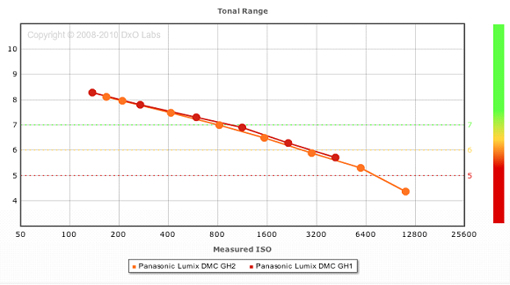
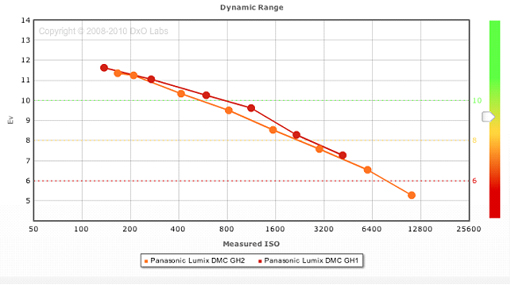
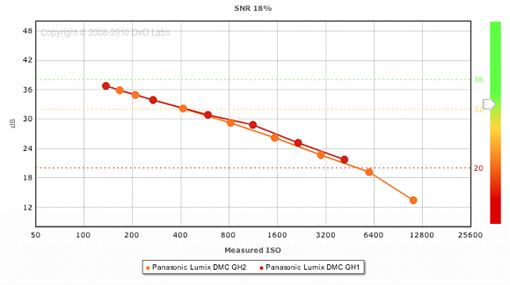
Much better than the G2
Compared to the G2 however, the GH2’s performance has improved: if color depth remains unchanged, the dynamic range gains 1 EV and the low light ISO performance is improved by a bit more than 1/3 stop.
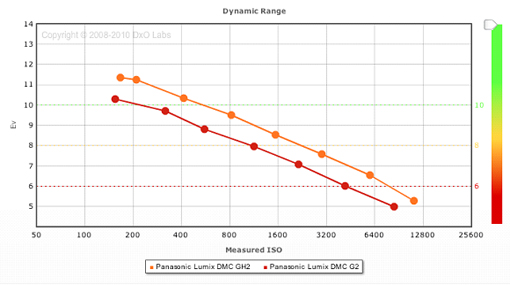
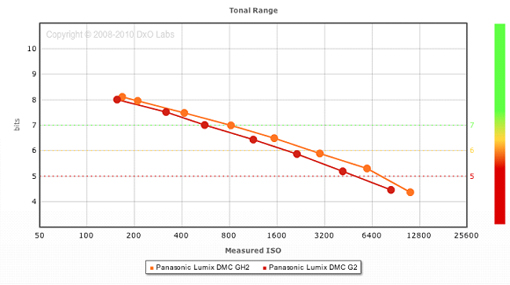
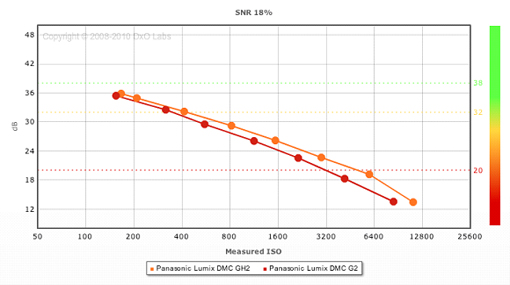
The GH2 is definitely a good upgrade for those who would like better image quality than that provided by the G2. For those already owning a GH1, the choice is between noise and resolution.
Disclaimer: This dxomark review evaluates only the selected camera’s RAW sensor performance metrics (i.e., Color Depth, Dynamic Range, and Low-Light ISO), and should not be construed as a review of the camera’s overall performance, as it does not address such other important criteria as image signal processing, mechanical robustness, ease of use, flexibility, optics, value for money, etc. While RAW sensor performance is critically important, it is not the only factor that should be taken into consideration when choosing a digital camera.


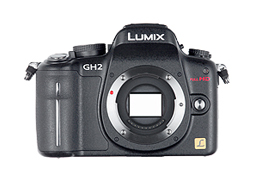


DXOMARK encourages its readers to share comments on the articles. To read or post comments, Disqus cookies are required. Change your Cookies Preferences and read more about our Comment Policy.